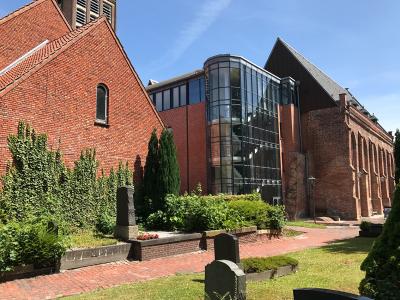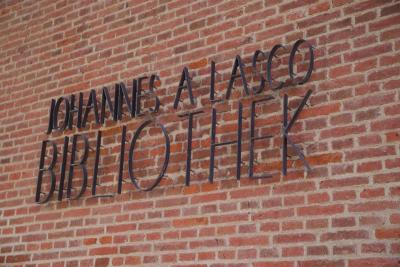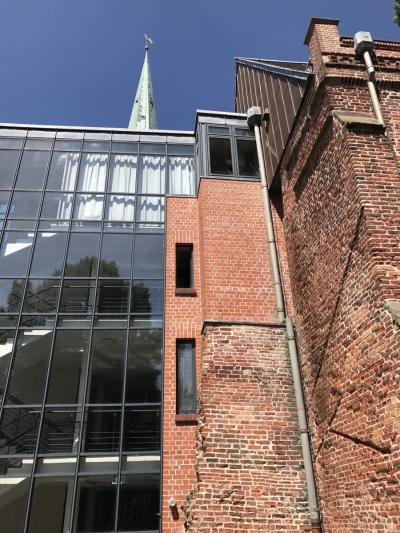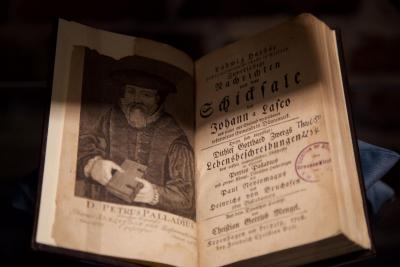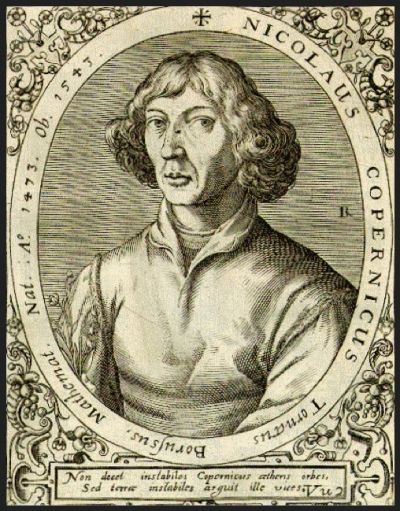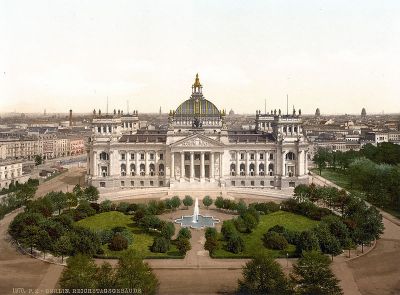Johannes a Lasco
Mediathek Sorted

However, the reforms achieved were not to last. In 1546/47, Emperor Charles V campaigned on the Danube and in Saxony-Thuringia against an alliance of Protestant sovereigns and cities, the Schmalkaldic League, in order to repress the Reformation and he kept the upper hand. Following this, he passed a religious interim in the Augsburg Diet of 1548, an interim solution so to speak, in which he declared the Catholic mass, the old religious holidays and the veneration of saints to be binding but conceded the marriage of priests and the lay chalice to the Protestants. The Habsburg-Spanish Netherlands then increased its pressure on Countess Anna to push the interim through in East Frisia as well. She introduced a special form and dismissed à Lasco as Superintendent. A Lasco in the meantime had acquired the Abbingwehr estate to the northwest of Emden for his growing family.
His experienced this renewed upheaval in London to where Duke Albrecht of Prussia (1490-1568) had sent him as a negotiator to mediate an alliance of the Protestant princes with the English monarchy and other monarchies against the Emperor. When à Lasco returned to Emden in August 1549, he had already been dismissed and so continued on to Königsberg on a diplomatic mission. From there, he tried to win over the Polish king Sigismund II Augustus (1520-1572) to a Protestant alliance as well. The king however would not be convinced to turn against the Emperor. Since a longed for return to Poland seemed out of the question, à Lasco accepted an offer from the London Archbishop Thomas Cranmer (1489-1556) to support him in reforming the English church. Cranmer was part of the Council of Regents under the still minor King Edward VI. Endowed with a letter of recommendation for Duke Albrecht and a testimony from Countess Anna, à Lasco, attended by a large group of the Emden congregation, set out for England via Bremen and Hamburg, finally arriving in April 1550.[20]
In London he was immediately appointed Superintendent of the refugee congregations who had emigrated to England from Germany, the Netherlands, France and Italy to escape religious persecution and had now been given the building of the Austin Friars Augustine monastery, which had been dissolved in 1538 and which lay six-hundred metres to the east of the bishop’s church St. Paul’s, for them all to use together. A charter from July 1550 awarded the congregations the right to organise themselves differently to the rite and rules of the English church.[21] A Lasco drafted a church order for London which appeared as a Latin version in 1555 (Fig. 2a, b) and in German in 1565[22] and was presumably based on the (unsustained) Emden church order. It governed the organisation of the congregation, the responsibilities of the preachers, Deacons and Elders, described the church discipline, the Coetus of the preachers and contained the liturgy and sermons. The London church order is considered à Lasco’s most important work and would, according to Jürgens, go on to influence the organisation of Reformed churches the world over: “The London order allowed the Polish humanist, who found his way to the Reformed church in East Frisia, to have an impact on Dutch Protestantism, in particular.”[23]
[20] Ibid, p. 30-32; Jürgens 2002 (see Bibliography 3.), p. 326-344
[21] In the following cf. Jürgens 1999 (see Bibliography 1.), p. 33-45
[22] Johannes a Lasco: Forma ac ratio tota ecclesiastici Ministerii, in peregrinorum, potissimorum vero Germanorum Ecclesia instituta Londini in Anglia, Frankfurt am Main 1555, Herzog August Library, Wolfenbüttel; John à Lasco: Kirchenordnung, wie die unter dem christlichen König auß Engelland … gehalten worden … und jetzund verdeutschet, Heidelberg 1565, Johannes à Lasco Library, Emden; Jürgens 1999 (see Bibliography 2.), p. 66 f.
[23] Jürgens 1999 (see Bibliography 1.), p. 33 f.

















































































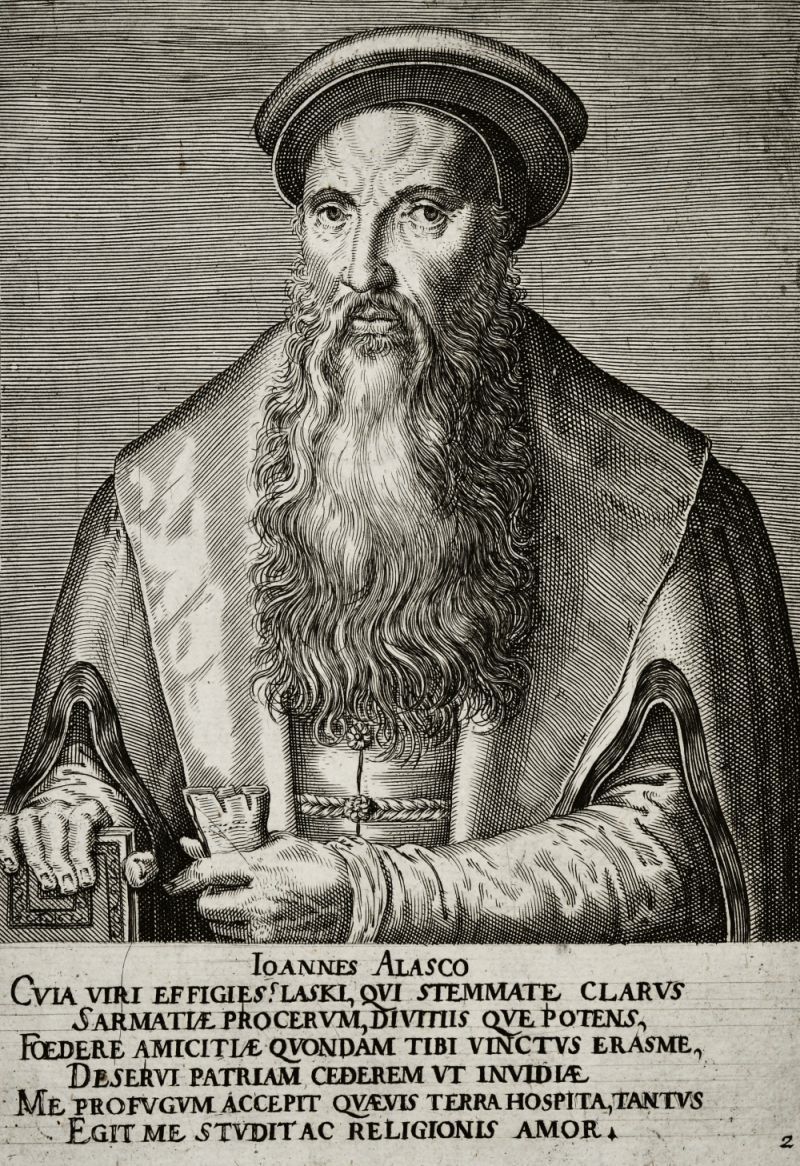
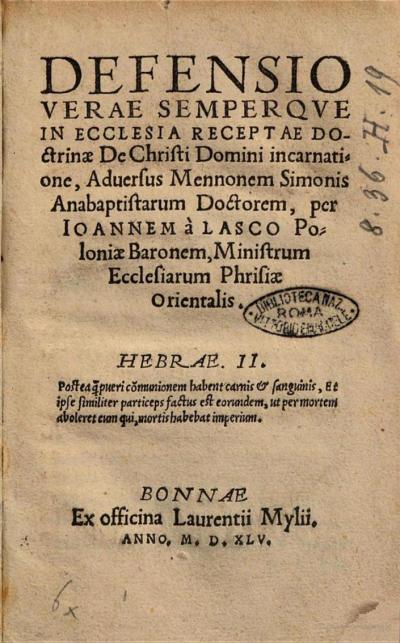
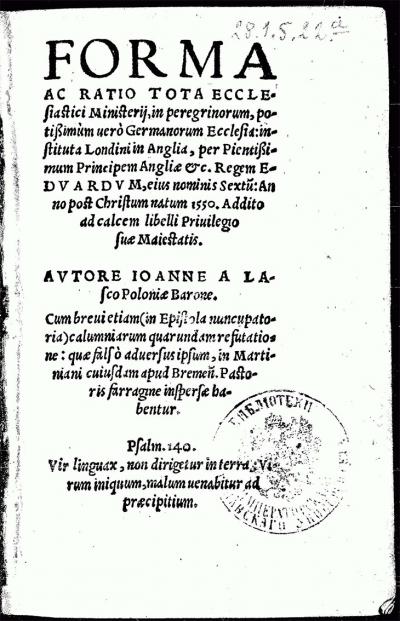
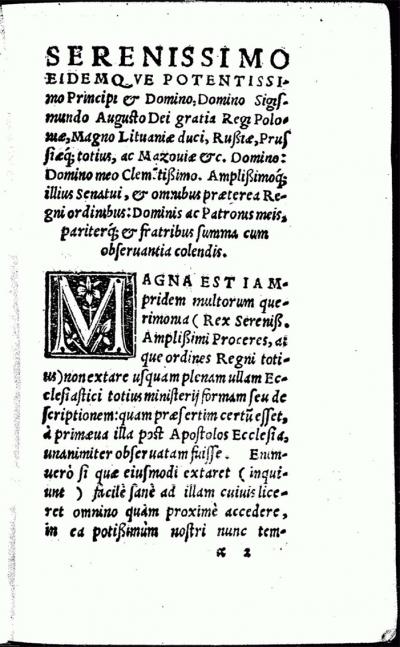
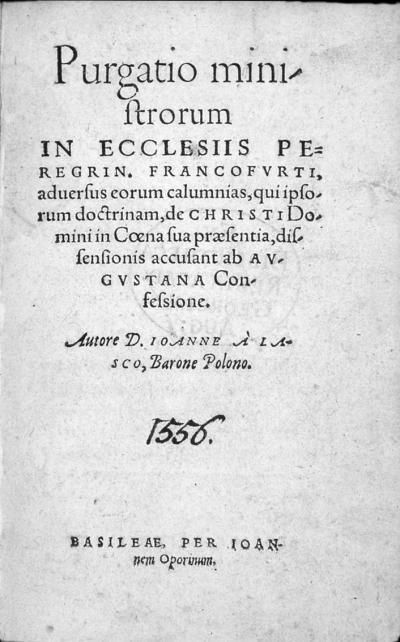
![Fig. 4: Response to Joachim Westphal, 1560 Fig. 4: Response to Joachim Westphal, 1560 - John à Lasco/Jan Łaski: Responsio ad uirule[n]tam, calumniisque Ac Mendaciis Consarcinatam hominis furiosi Ioachimi VVestphali Epistola[m] quandam, qua purgationem Ecclesiaru[m] Peregrinarum Francoforti conuellere conatur, Basel 1560](/sites/default/files/styles/width_100_tiles/public/assets/images/4_antwort_auf_joachim_westphal_1560.jpg?itok=Pd3diTmf)
![Fig. 5: Three letters, 1556 Fig. 5: Three letters, 1556 - John à Lasco/Jan Łaski: Epistolae tres lectu dignissimae, de recta et legitima ecclesiarum benè instituendarum ratione ac modo: ad Potentiss. Regem Poloniae, Senatum, reliquos[que] Ordines, Basel 1556](/sites/default/files/styles/width_100_tiles/public/assets/images/5_drei_briefe_1556.jpg?itok=hQ0svO_N)
